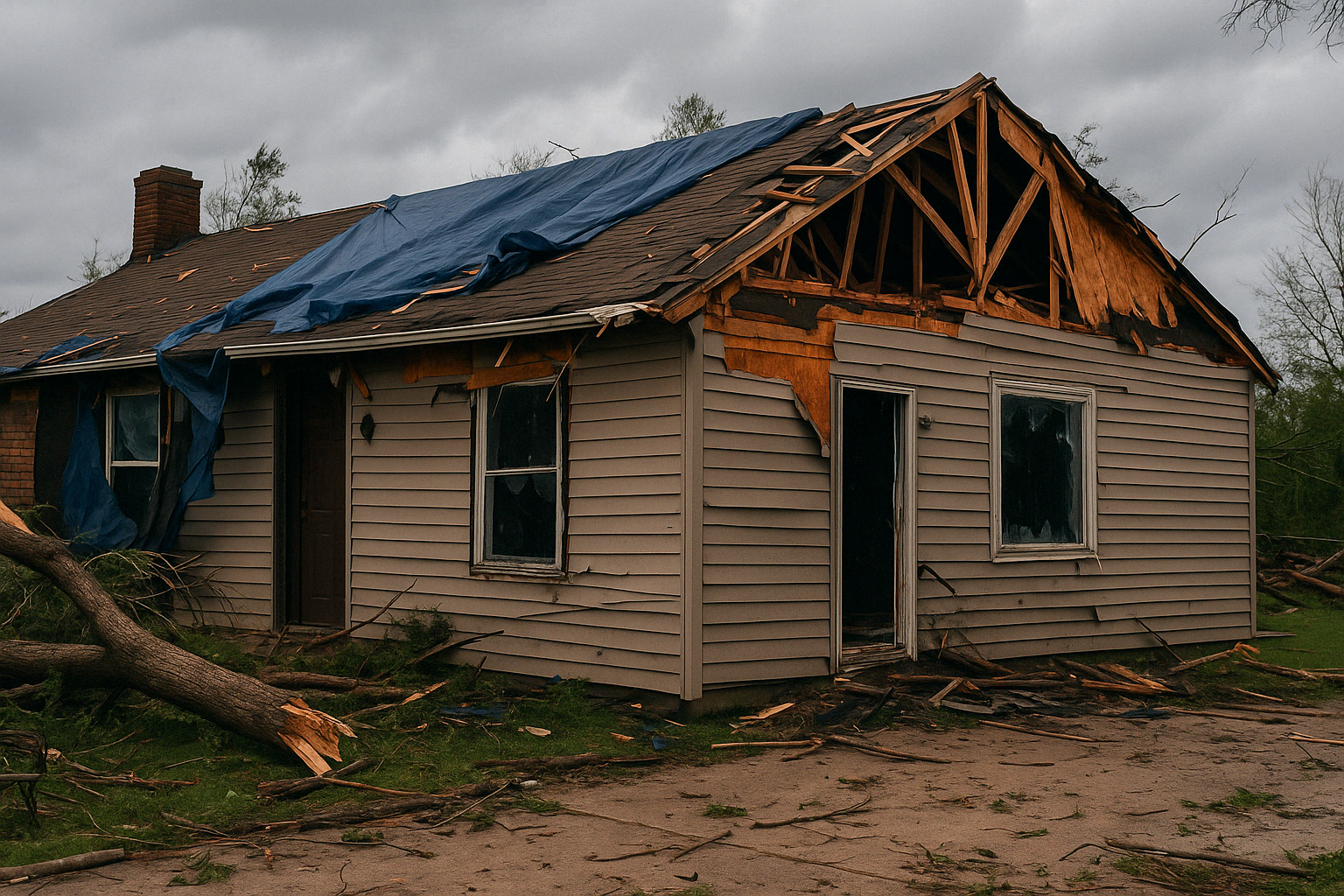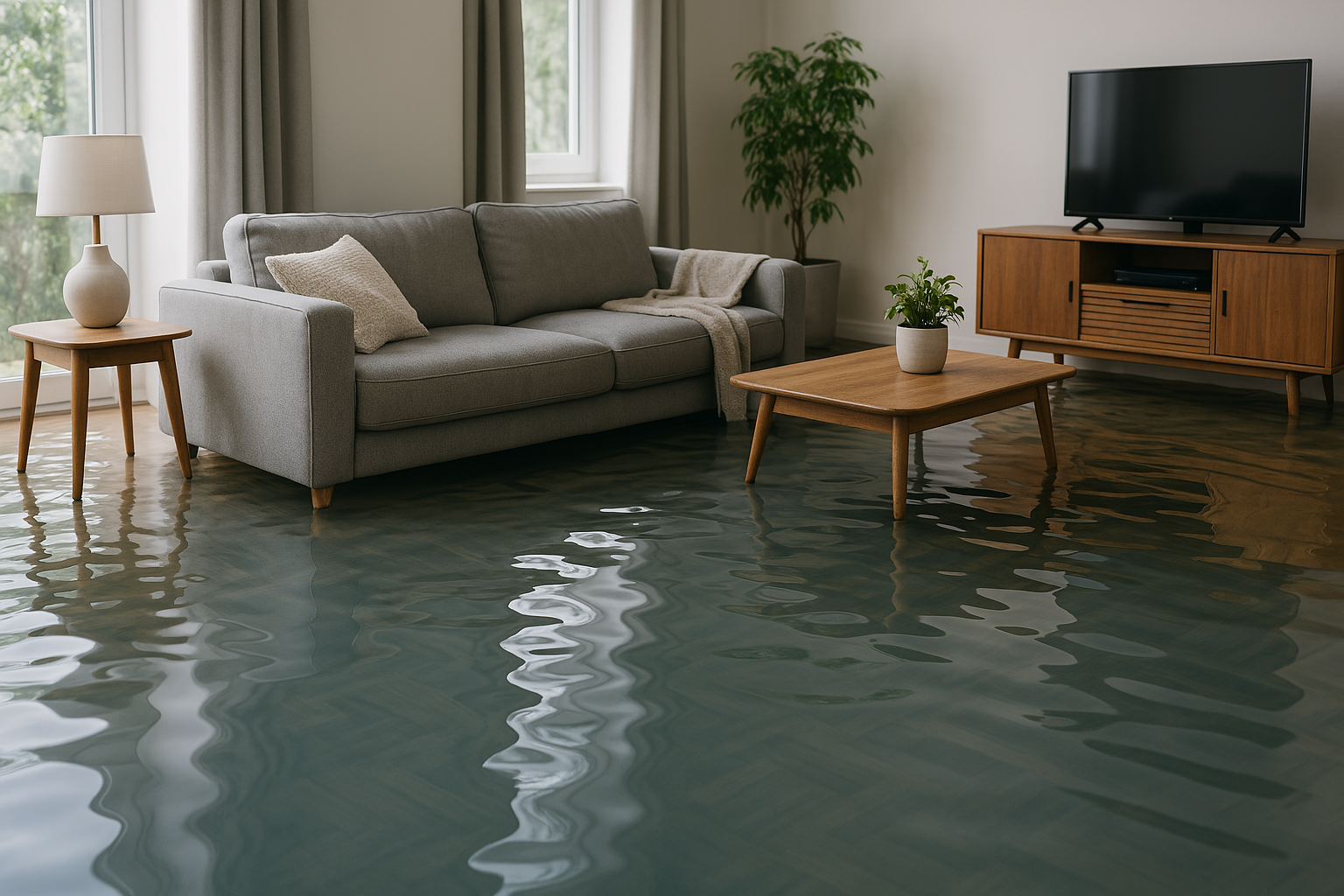Learn how to identify, assess, and recover from hurricane damage quickly and safely. Discover the critical steps homeowners must take to protect their property and speed up restoration.
When a hurricane hits, the aftermath can feel overwhelming. Beyond the wind, rain, and flooding lies a hidden layer of destruction that often goes unnoticed until it’s too late. For homeowners, understanding how to identify and respond to hurricane damage is essential—not just for safety, but for securing insurance claims and restoring your home quickly.
In this article, we break down the key types of hurricane damage, what to look for, and the steps you should take immediately to protect your family and property.
Types of Hurricane Damage You Might Face
Hurricanes bring a wide range of threats. Some are obvious, like a broken window or a collapsed roof. Others, like moisture trapped inside walls or damaged foundations, may not show for weeks.
Most common types of hurricane-related property damage:
- Roof damage from high winds and falling debris
- Flooding and water intrusion in basements and ground floors
- Broken windows and compromised doors
- Uprooted trees damaging exterior structures
- Mold growth due to trapped moisture
- Electrical hazards due to waterlogged systems
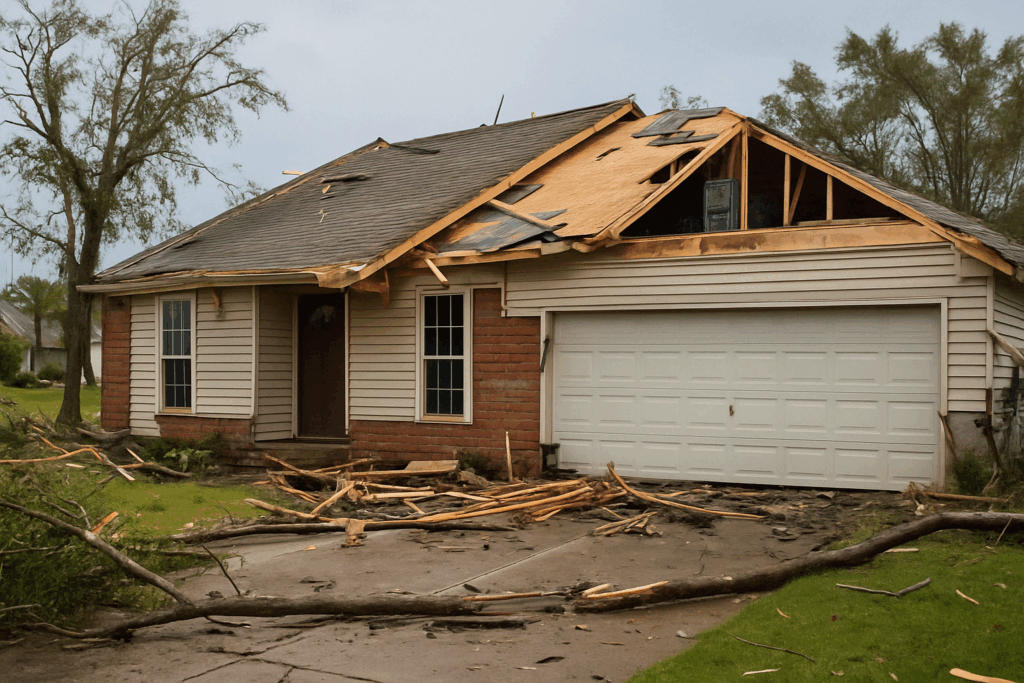
Step-by-Step: What to Do After the Storm
After ensuring your family’s safety, your priority should be assessing your home. But it must be done carefully and strategically.
Immediate actions to take:
Immediate actions to take:
- Stay safe. Don’t enter heavily flooded or structurally compromised areas.
- Document everything. Take photos and videos of all visible damage.
- Call your insurance company. Report damage and begin the claim process.
- Prevent further damage. Tarp your roof, board broken windows, and shut off electrical systems if needed.
- Call a professional restoration company. Quick intervention reduces long-term costs and health risks.
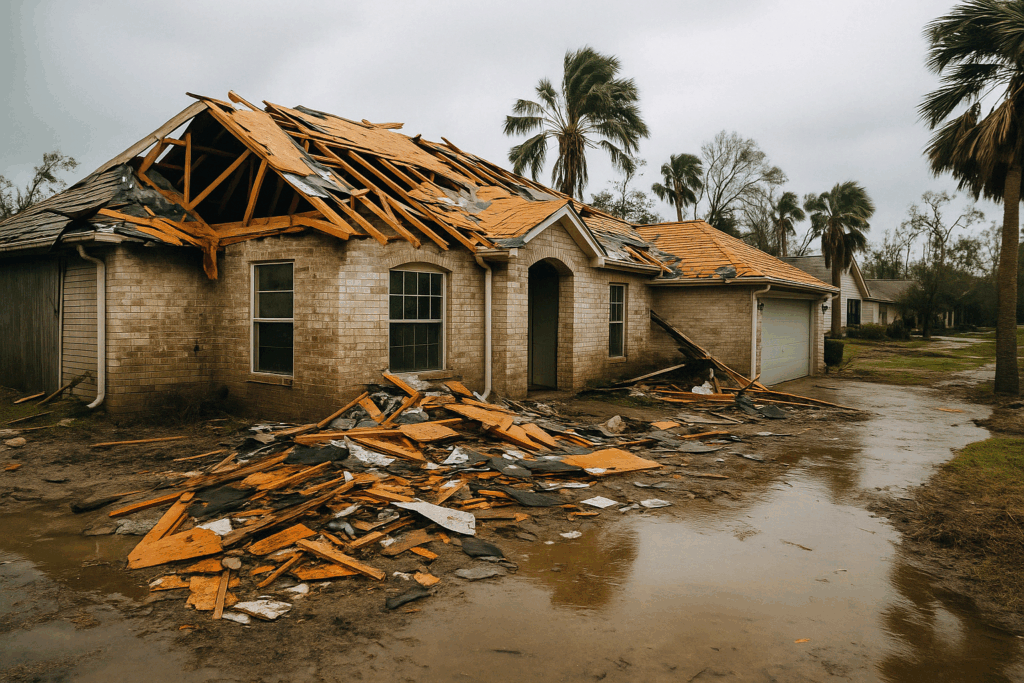
Hidden Damage: What You Might Not See
Some of the most costly damage is invisible to the untrained eye.
Hidden issues include:
- Moisture behind drywall and under floors
- Cracked foundation slabs
- Mold colonies inside air ducts
- Damaged wiring in flooded outlets
This is why professional assessments are vital. Advanced tools like moisture meters, thermal imaging, and structural scanners can detect damage before it becomes catastrophic.
Insurance Tips: How to Get Your Claim Approved
Insurance companies require detailed documentation and evidence of proactive steps taken by the homeowner.
Tips for navigating your claim:
- Start the claim process ASAP
- Provide before-and-after photos if possible
- Keep all receipts from repairs or mitigation services
- Work with a restoration company that can help with documentation
The faster and more organized you are, the higher your chances of full reimbursement.
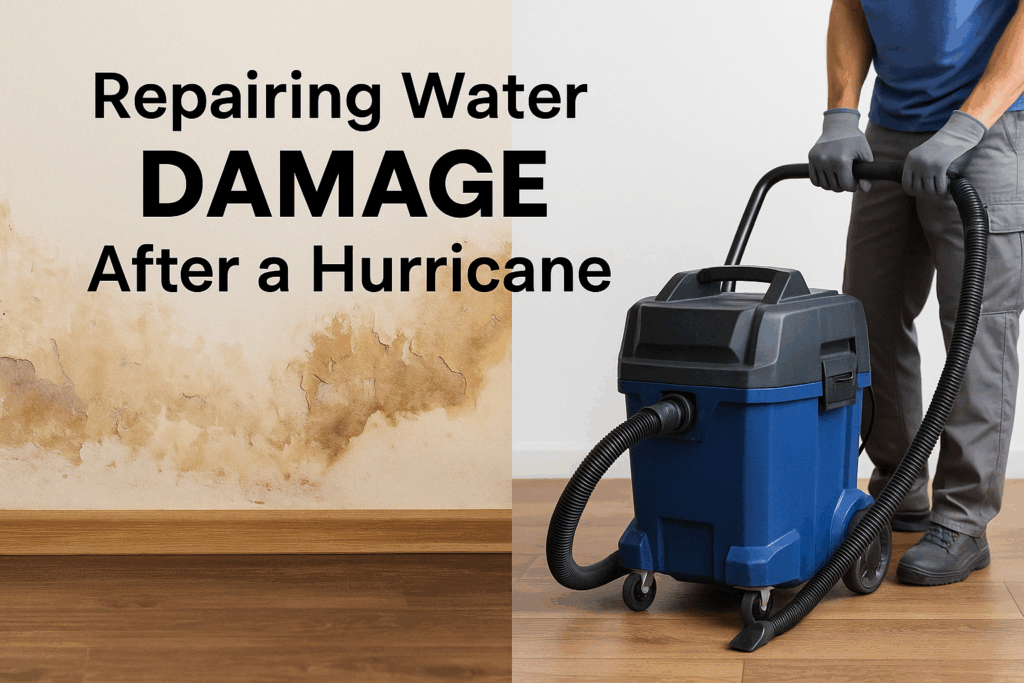
Why Restoration360 Is Your Trusted Partner
At Restoration360, we specialize in rapid response to storm-related damage. Our experienced teams are trained to assess, repair, and restore your home safely and efficiently.
We offer:
- 24/7 emergency service
- Full structural and moisture inspection
- Temporary board-up and tarping
- Complete water extraction and drying
- Mold prevention and remediation
From initial inspection to final cleanup, we handle every step so you can focus on recovery.
Conclusion: Be Ready. Act Fast. Recover Fully.
Every hour counts after a hurricane. The longer damage sits, the greater the risk of mold, structural decay, and insurance denial.
If your home was affected by a storm, don’t wait. Contact Restoration360 today and let our experts guide you through recovery—quickly, safely, and with peace of mind.

